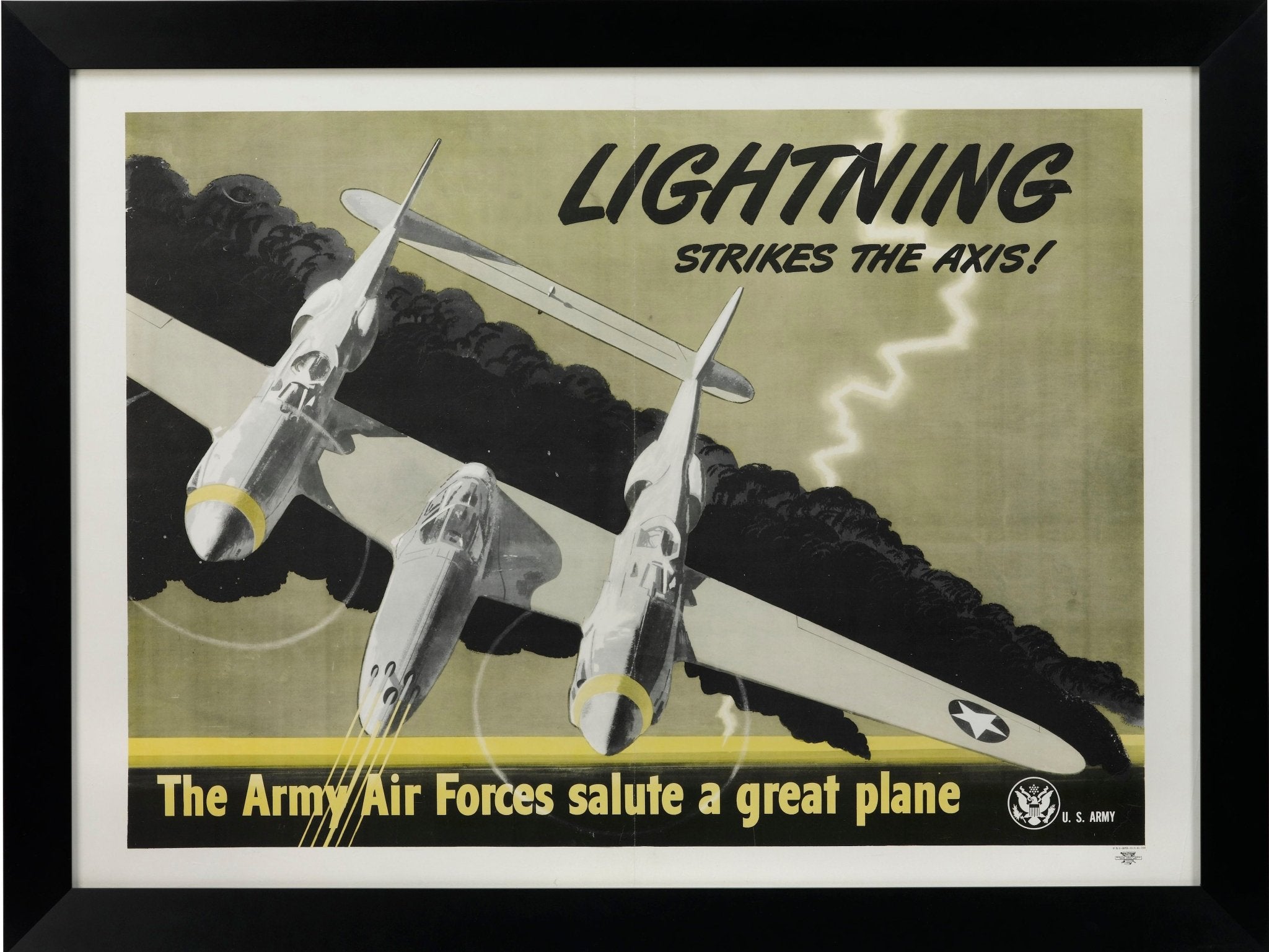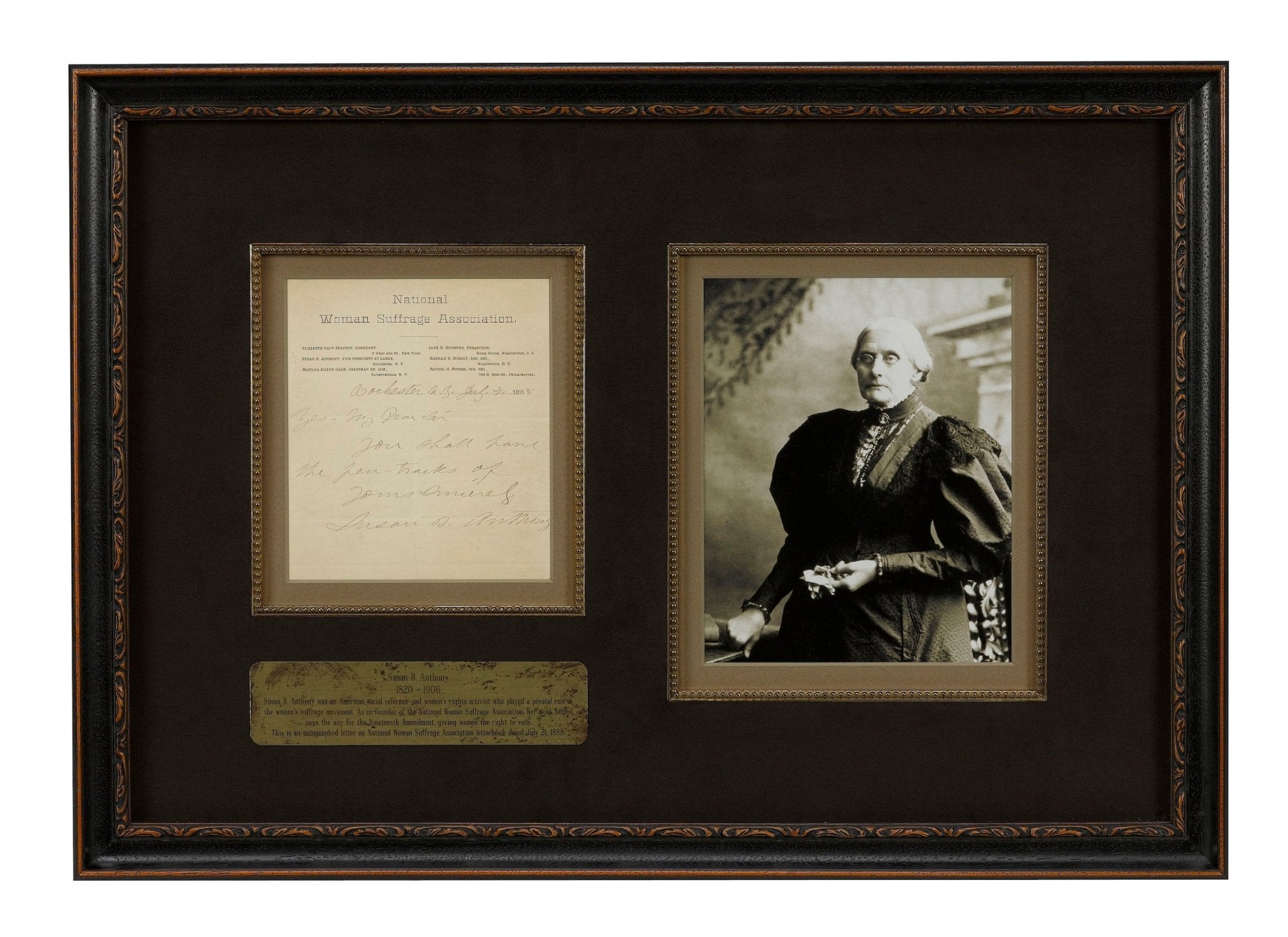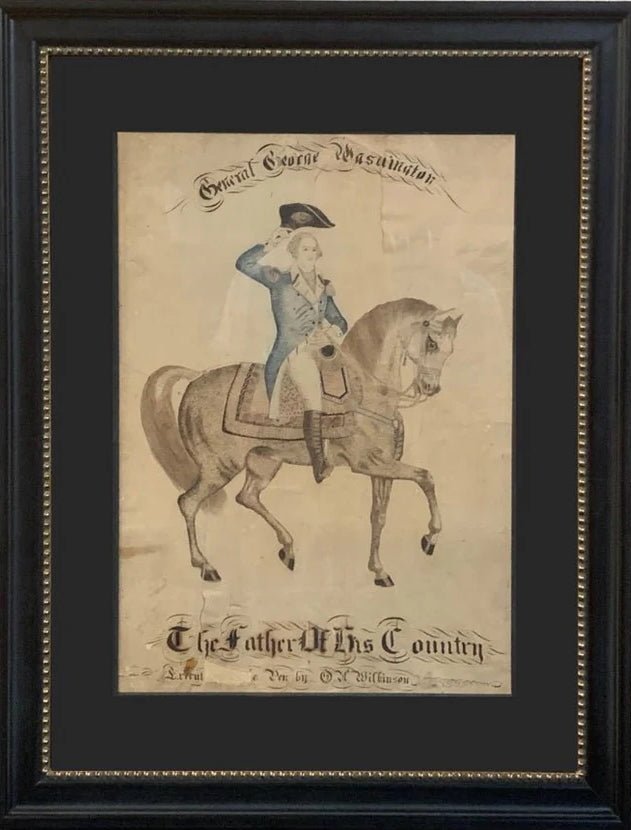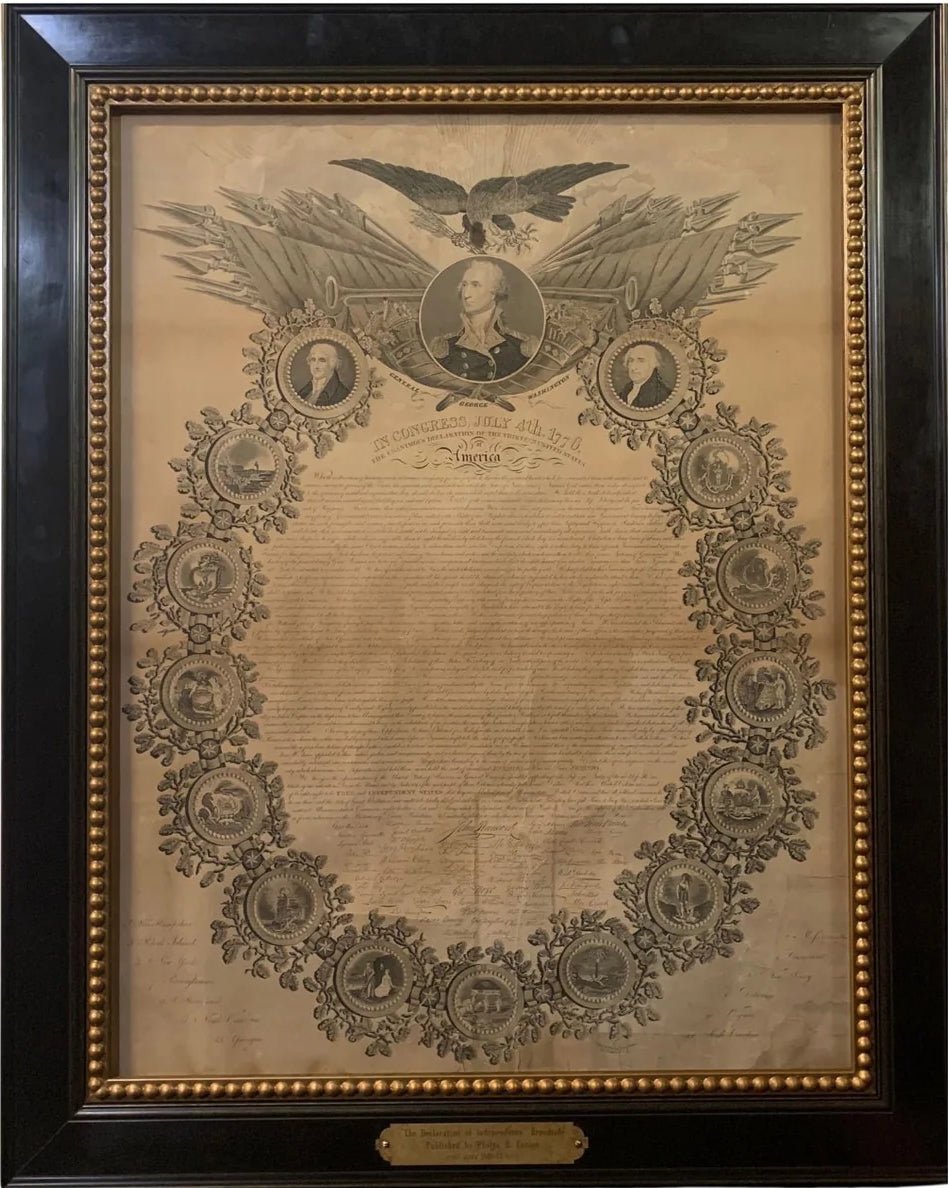1847 Pictorial Map of the U.S.
Maps are a beautiful and unique way to look at our history as a country. Every map tells a story about our development and discoveries. This 1847 "Pictorial Map of the United States" by Ensign and Thayer features a unique view of the U.S. with exquisite hand-coloring and well-defined territory borders.
The map was first issued by Ensign, Thayer, and Phelps in 1847 and this is the first edition of this map. A second edition was issued by Ensign and Thayer in 1848, reworked with different surrounding scenes. The first and second editions of this map, issued during the Mexican-American War, are scarce. The maps later surged in popularity after the war, reflecting increased interest in the American West fueled by both the Gold Rush and general expansionism, so revised editions appearing after 1849 are far more common.
As one of the earliest examples showing all of the United States extending from the Atlantic to the Pacific, the work provides an elaborate depiction of the newly acquired territories and recently established borders of the young country. This map not only exhibits the full territorial claims of Texas during the period between its Annexation in 1846 and the Compromise of 1850, but also shows a unique view of Upper California prior to the breakup of the land into multiple territories.
Another interesting piece to note in this map is the lack of railway routes, as there were no railroads extending west of the Mississippi river at this time. The map is also one of the few to identify San Francisco as “Yerba Buena,” relating to the original Spanish name of the settlement. The name survived well into the Mexican-American War until 1847, when Washington Allon Bartlett, the first U.S. citizen to be named Alcalde of Yerba Buena, officially changed the name to San Francisco. The name only appears on maps from between the years of 1846 to 1849.
As a pictorial map, the work is surrounded by numerous pictorial vignettes illustrating scenes of important events that have happened up to that year. The scenes include: the 1775 Battle of Bunker Hill; Perry's Opening of Japan; the Landing of the Pilgrims in 1620; farm tools; the 1846 Battle of Monterrey; the United States House of Representatives Chamber; Justice personified; the signing of the Declaration of Independence; Liberty personified; the Senate Chamber; the capture of General La Vega 1846; weapons and armor; the landing of Columbus 1492; the Constitution and Guerriere and the 1775 Battle of Lexington.
The 1775 Battle of Bunker Hill took place early in the Revolutionary War. Although the British defeated the Americans in this battle due to being outnumbered, there were some positives that came out of this battle for the Americans. Patriotic dedication became a morale-booster for the Americans. The British experienced significantly more casualties, which proved they could overcome the British military might. This also made the British realize that a war with the colonies would not be an easy task and would be extremely costly.
In 1846 during the Mexican-American War, The Battle of Monterrey was fought between Mexico and American, making it one of the first major conflicts to take place on Mexican soil. The fight was initiated in southern Texas and then traveled into Mexico when American troops crossed the Rio Grande into northern Mexico with the goal of taking over Monterrey. The results left both sides with heavy casualties and ultimately, American troops prevailed and captured the city. 
The Battle of Lexington in 1775 was one of the battles that kicked off the American Revolutionary War. Tensions between the 13 American colonies and the British authorities were extremely high. Many, many battles were fought for the colonies to gain independence. This war of independence paved the way for the creation of the United States of America and proved the strength of patriot forces.
These battles are just a few of many examples that show the perseverance of the American colonists and the fight for independence. This map captures moments in America’s history that brought us to where we are today. It allows us to look back on these moments and remember the battles that were fought.
--










